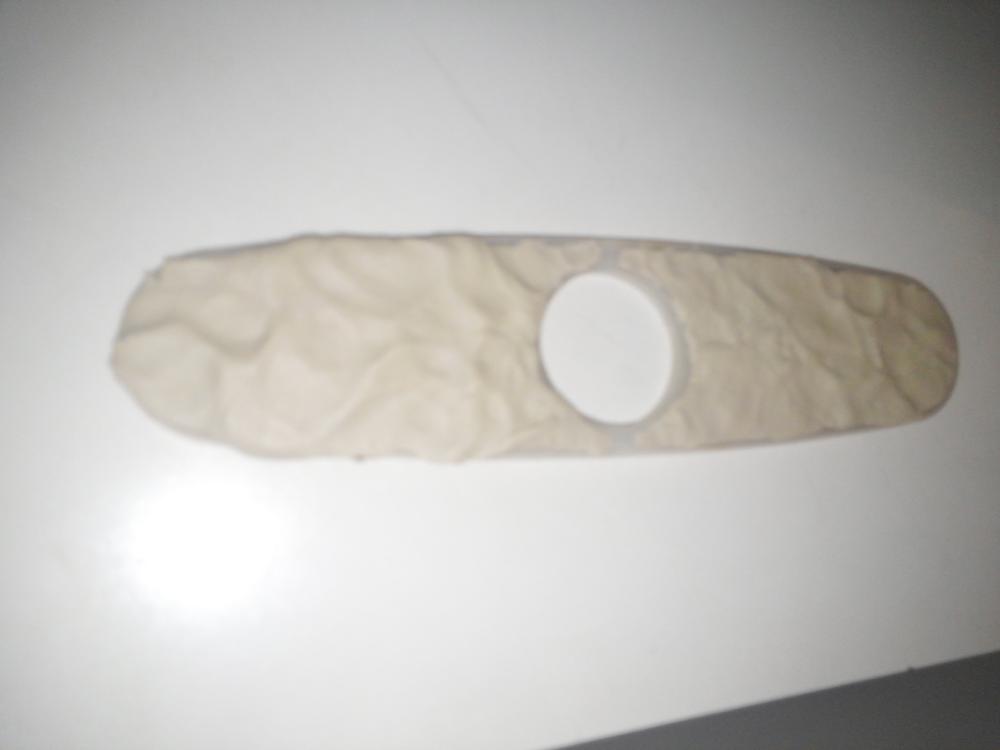How can I keep my faucet from twisting on it's center axis and becoming loose?
I have a Glacier Bay Keelia 8 in. Single-Handle Pull-Out Sprayer Kitchen Faucet, as you can see in the below photo. In the photo below that, you can see how it attaches to the sink.
The problem is that the sink pivots on it's center, and over time this makes the large nut loose. This causes the whole faucet to separate and wobble around a little bit.
Thus far, the solution has been to re-tighten the nuts and the screws. However I would like to avoid
- making this a every 3-6 month task
- purchasing a new sink


Completed Project Update
I took the advice of Fiasco Labs and used plumber's putty. I covered the bottom where the hard plastic piece meets the sink like in the picture below. After securing it I just removed the excess.

Additionally I realized that the top part of the faucet has interlocking pieces with the base plate. I removed the ring, pictured below, since it did not also have the interlocking pieces. This greatly improved stability. Another issue to be aware of is the large hollow screw in the center of the faucet screws into the top part of the faucet with plastic threads, make sure that this is securely fastened as well. However make sure that you don't strip the plastic threads.

